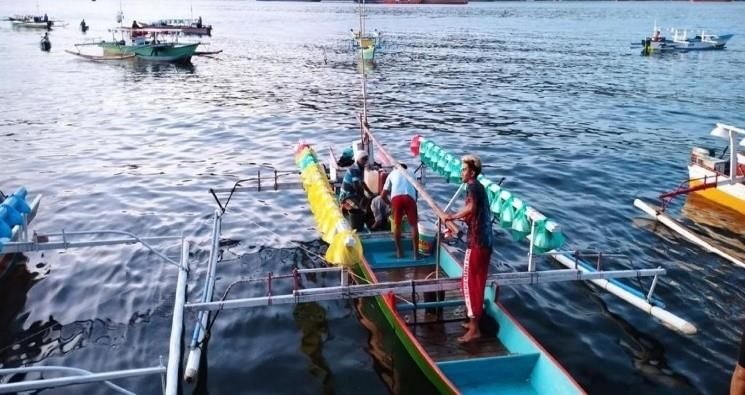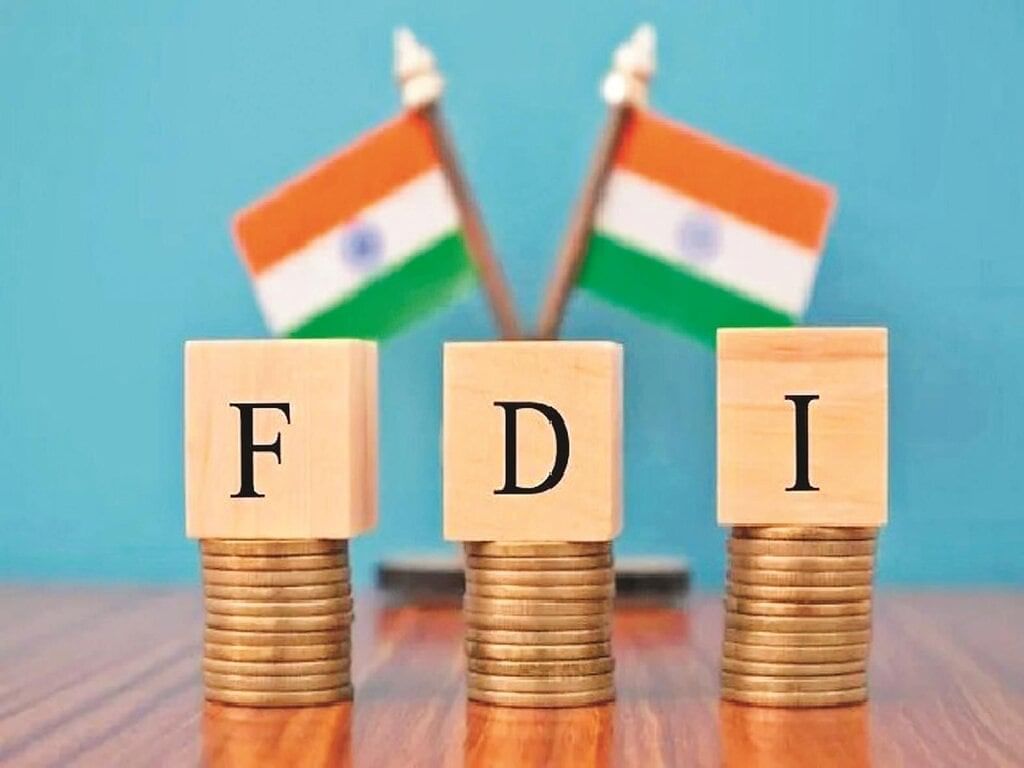PIB Summary - 28th May 2025 | PIB (Press Information Bureau) Summary - UPSC PDF Download
“Eco-Fishing Ports” in Focus: Department of Fisheries and AFD Hold Technical Dialogue in New Delhi

Context and Objective
- A Technical Dialogue took place in New Delhi between the Department of Fisheries (India) and Agence Française de Développement (AFD).
- The focus of the dialogue was on promoting “Eco-Fishing Ports,” which are harbours designed to reduce environmental impact while improving economic, social, and ecosystem outcomes.
- The aim was to align national efforts with the goals of sustainable, inclusive, and smart infrastructure development in the fisheries sector.
Relevance: This topic is relevant to GS Paper 3, which covers areas like fishing and infrastructure.
India’s Marine and Fisheries Sector
- Coastline: India has a coastline of approximately 11,099 km and is the second-largest fish producer in the world, contributing to 8% of global fish production.
- Seafood Exports: Seafood exports from India have significantly increased from ₹30,213 crore in 2013–14 to ₹60,523.89 crore in 2023–24.
- Markets: Major markets for Indian seafood include China, the USA, the EU, and Japan. There are ongoing efforts to diversify markets and enhance value-added products.
Current Challenges
- The marine and fisheries sector in India faces several challenges, including inadequate infrastructure, limited market access, and vulnerability to climate change.
- There is a pressing need for modernization, improved logistics, and the adoption of green technologies to address these challenges effectively.
Government Initiatives
PMMSY Projects: The Pradhan Mantri Matsya Sampada Yojana (PMMSY) includes projects worth ₹9,832.95 crore (approximately USD 1.15 billion) for the development of 117 Fishing Harbours (FHs) and Fish Landing Centres (FLCs).
Smart and Integrated Fishing Harbours: Initiatives have been launched in various locations, including Vanakbara (Daman & Diu), Karaikal (Puducherry), and Jakhau (Gujarat), featuring advanced technologies such as the Internet of Things (IoT), sensor networks, renewable energy sources, sewage treatment plants (STPs), and rainwater harvesting systems.
Blue Ports Initiative (with FAO)
- The Blue Ports Initiative, in collaboration with the Food and Agriculture Organization (FAO), aims to create models for sustainable, smart, and green fishing harbours.
- Key features of this initiative include eco-friendly infrastructure powered by solar and wind energy, sewage treatment plants, waste segregation systems, and technology-driven management approaches such as remote sensing, data analytics, and predictive modelling.
- The initiative also emphasizes climate adaptation and community welfare.
Technical Dialogue – Key Themes
- Concept and Infrastructure: Discussion on eco-port design, sustainable architecture, and global models like FAO’s Blue Port.
- Community Dynamics: Exploration of stakeholder roles, co-management, private harbour models, and export enhancements.
- Environmental Sustainability: Focus on green fishing vessels, hygiene practices, pollution control, and marine debris management.
- Monitoring and Evaluation: Development of indicators, cost-benefit analysis, and maintenance strategies post-construction.
Significance of the Dialogue
- The dialogue serves as a knowledge-sharing platform, facilitating the exchange of international best practices and expertise from organizations like FAO and AFD.
- It aims to build capacity and foster collaboration among various stakeholders, including state authorities, industries, academia, and international partners.
- The dialogue represents a pathway towards resilient coastal development and inclusive economic growth in the fisheries sector.
Conclusion
- The initiative to develop eco-fishing ports is a crucial step towards establishing a sustainable blue economy in India.
- By integrating advanced technology, environmental awareness, and social inclusivity, India is taking significant strides towards creating future-ready, climate-resilient fisheries infrastructure.
India Records USD 81.04 Billion FDI Inflow in FY 2024–25

FDI Growth Highlights
- India witnessed a remarkable USD 81.04 billion in Foreign Direct Investment (FDI) inflows during FY 2024–25, marking a 14% increase from the previous fiscal year (FY 2023–24), which recorded USD 71.28 billion.
- This growth reflects a significant rise from USD 36.05 billion in FY 2013–14, demonstrating India’s robust long-term potential and attractiveness for foreign investors.
Sectoral Breakdown
Services Sector
- The services sector emerged as the largest recipient of FDI, capturing a 19% share with USD 9.35 billion.
- This sector experienced a remarkable growth of 40.77% year-on-year, up from USD 6.64 billion in the previous year.
- Computer Software & Hardware accounted for a 16% share of FDI inflows, while the trading sector secured an 8% share.
Manufacturing Sector
- FDI in the manufacturing sector also saw a healthy increase of 18%, rising from USD 16.12 billion to USD 19.04 billion.
Top Destination States
- Maharashtra emerged as the top destination for FDI, receiving the highest share with 39% of the total inflows.
- Other leading states included Karnataka with 13% and Delhi with 12% of the total FDI.
Major Source Countries
- Singapore was the largest contributor to FDI in India, accounting for a 30% share of the total inflows.
- Other major source countries included Mauritius with 17% and the United States with 11% of the total FDI.
Long-Term FDI Trends (2003–25)
- India recorded a total of USD 748.78 billion in FDI inflows between 2014 and 2025, representing a 143% increase compared to the USD 308.38 billion received during 2003–2014.
- Notably, this 11-year period (2014–2025) accounts for approximately 70% of the total FDI received over the past 25 years, which totals USD 1,072.36 billion.
FDI Source Diversification
- The number of countries contributing to FDI in India has diversified significantly, increasing from 89 countries in FY 2013–14 to 112 countries in FY 2024–25.
- This expansion indicates a broader international confidence in India as an investment destination.
Key Policy Reforms Driving FDI
Several key policy reforms have been instrumental in driving FDI growth in India:
- 2014–2019 Reforms: During this period, FDI policies were liberalized in critical sectors such as Defence, Insurance, and Pension. Norms were also eased in areas like Construction, Civil Aviation, and Retail Trading, making it easier for foreign investors to enter these markets.
- 2019–2024 Reforms: This phase saw significant changes such as allowing 100% FDI through the automatic route in sectors like coal mining, contract manufacturing, and insurance intermediaries. These reforms further opened up the Indian economy to foreign investments.
- 2025 Union Budget Proposal:. proposal to raise the FDI cap from 74% to 100% for firms reinvesting all premiums domestically was put forward, indicating a continued commitment to attracting foreign investments.
Strategic Implications
- The significant growth in FDI and the diversification of source countries reinforce India’s position as a leading global investment hub.
- It reflects the success of a proactive and liberalized FDI regime that has enhanced investor trust and confidence.
- This trend also supports India’s economic resilience and aligns with the Make in India objectives, promoting domestic manufacturing and investment.
FAQs on PIB Summary - 28th May 2025 - PIB (Press Information Bureau) Summary - UPSC
| 1. What are Eco-Fishing Ports and why are they important? |  |
| 2. What was the purpose of the technical dialogue held by the Department of Fisheries and AFD in New Delhi? |  |
| 3. How does FDI inflow impact the fishing industry in India? |  |
| 4. What were the key outcomes expected from the dialogue on Eco-Fishing Ports? |  |
| 5. How can stakeholders contribute to the success of Eco-Fishing Ports initiatives? |  |
















